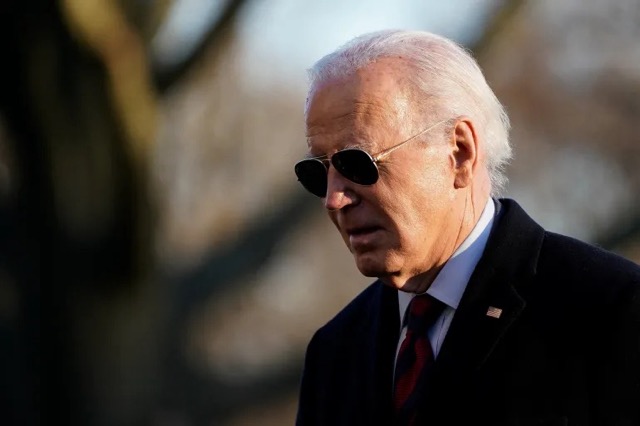In a recent Wall Street Journal op-ed, Elon Musk and Vivek Ramaswamy shared their vision for the newly formed “Department of Government Efficiency” (DOGE) within the Trump administration. They outlined a three-pronged approach focusing on “regulatory rescissions, administrative reductions, and cost savings,” though specific details remain forthcoming as they begin assessing personnel and inefficiencies.
Amid proposals to renew the 2017 tax cuts while simultaneously increasing tariffs, President Trump has hinted at mixed fiscal policies. Within this dynamic, Musk and Ramaswamy have proposed an ambitious goal: a 30% reduction in federal spending.
The federal budget for FY2023 was $6.2 trillion—almost 23% of GDP. Adding state and local government spending (13% of GDP) and annual federal regulatory compliance costs (10% of GDP), politicians and bureaucrats control nearly 46% of every economic dollar in America, leaving just 54% in the hands of families, consumers, and entrepreneurs. With the national debt exceeding 120% of GDP and interest payments nearing $659 billion annually (about 11% of federal spending), addressing America’s fiscal challenges is overdue.
Federal Spending Breakdown
Federal spending can be divided into two categories:
1. Mandatory Spending (71.7%): Programs like Social Security, Medicare, and Medicaid operate without annual reauthorization.
2. Discretionary Spending (28.3%): Subject to negotiations between Congress and the President, covering defense, education, and other programs.
Options for Budget Cuts
1. Returning to Constitutional Spending Limits
Under the U.S. Constitution, Congress is only authorized to spend on limited, enumerated powers outlined in Article 1, Section 8 (e.g., defense, international relations, post offices, and regulating commerce). Beyond these constraints, federal spending becomes unconstitutional.
If Congress adhered to these limits, only $1.72 trillion (27.7%) of the current budget would remain intact, with savings of $4.48 trillion (72.3%). However, this level of reduction would require both Congressional action and significant political will—making it unlikely in today’s climate.
2. Reforming Major Programs: Social Security and Medicare
Social Security (introduced in 1935) and Medicare (introduced in 1965) consume about one-third of the federal budget. Neither is means-tested, meaning participation is universal regardless of income. Privatizing these programs—modeled after Chile’s pension system—could save approximately $1.67 trillion annually.
For example:
• Replacing Social Security with portable, individually funded retirement accounts would yield higher returns for retirees.
• Deregulated insurance markets could address healthcare needs more efficiently than Medicare.
Such changes could invigorate investment, boost economic growth, and reduce the national debt. However, political resistance remains strong, with President Trump explicitly pledging not to touch Social Security or Medicare.
3. Marginal Cuts and Regulatory Reforms
The Competitive Enterprise Institute estimates that federal regulations cost 10% of GDP annually, or $2.7 trillion. Eliminating unnecessary regulations would stimulate economic activity and reduce compliance costs, benefiting taxpayers.
Additionally, the Cato Institute suggests targeted cuts across various discretionary programs, potentially saving $1 trillion to $2 trillion annually (16–32% of the budget).
Achieving Fiscal Responsibility
Restoring constitutional spending principles would reinforce fiscal discipline and reduce waste. A stronger emphasis on local governance, market solutions, and civil society could better address social needs, tackle poverty, and shrink federal dependency.
While the lofty goal of a 30% federal spending cut may seem improbable, even marginal reductions would signal a step toward fiscal health. Returning to spending levels as recent as 2001 could have transformative impacts on America’s economy and governance.
 Telegram is where we really talk. Don't miss out!
Telegram is where we really talk. Don't miss out!








